Kourion and Kolossi
Near Limassol, there’s an ancient castle called Kolossi that was erected in the 13th century. It’s formidable and monumental. The main tower with thick walls is enormous – 22 metres high. King Richard the Lionheart got married to Princess Berengaria of Navarre in this stupendous castle long-long ago. According to historical accounts, Berengaria – the only Queen of England that had never stepped on the English land, by the way – came to Cyprus to become Richard’s wife. Here’s why she had to come here: they got engaged with Richard, but the wedding was put off several times for different reasons. Having waited a year after the engagement, the bride’s mother decided they need to catch up with the king and his troop, who were busy with another crusade, and finally organize a wedding ceremony for the couple. The luxurious wedding was held in a castle in Limassol.
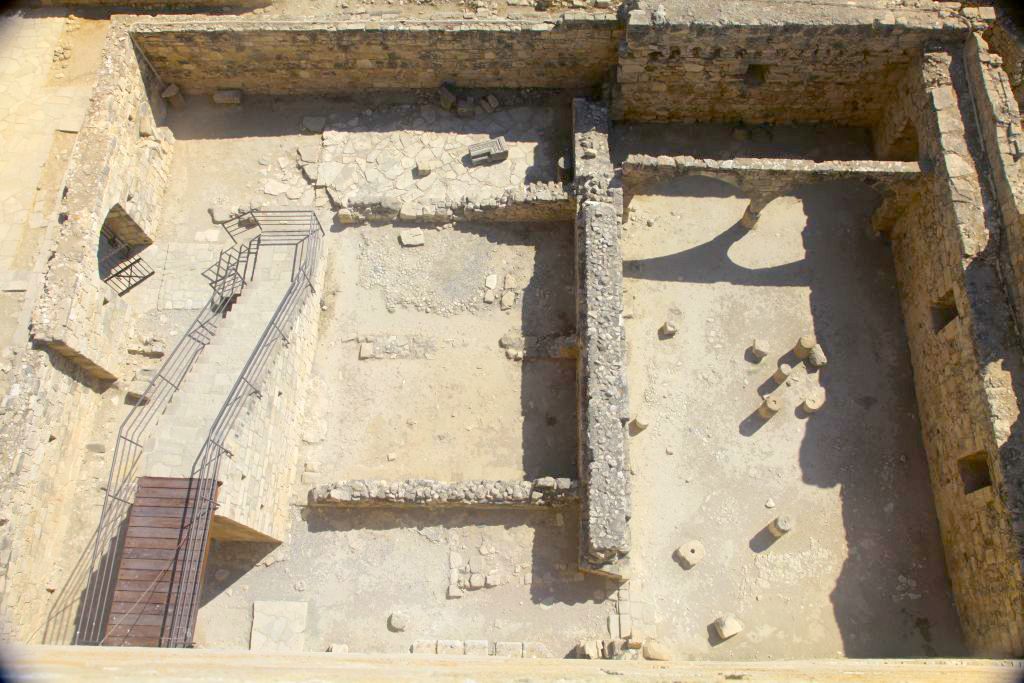
Entrance to the castle. View from the observation deck on the roof
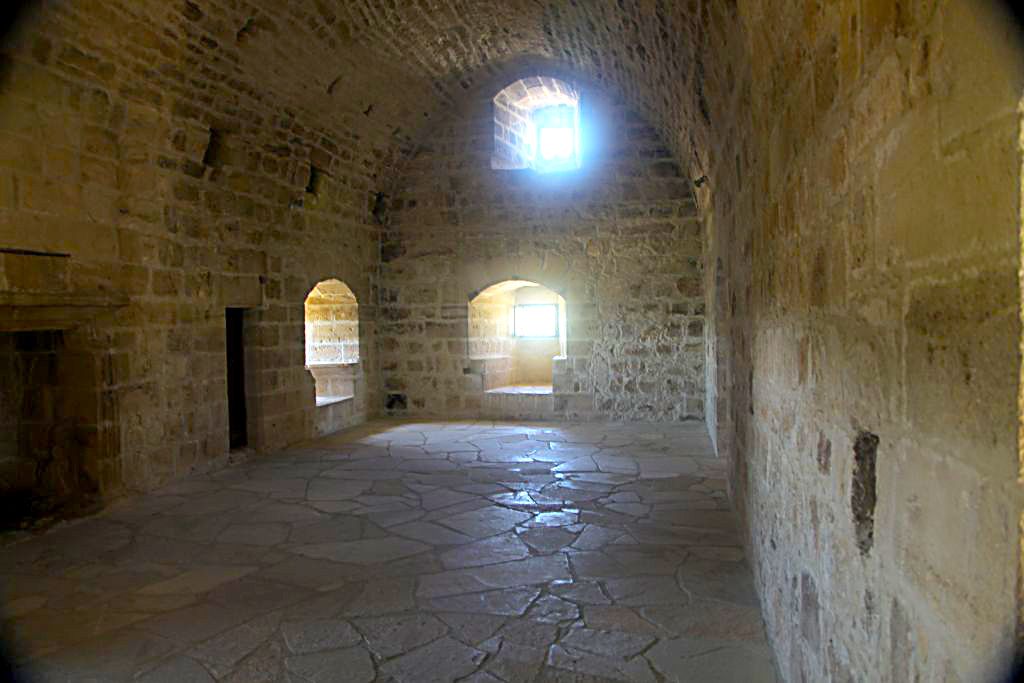
There is a twilight, coolness and atmosphere of majestic antiquity
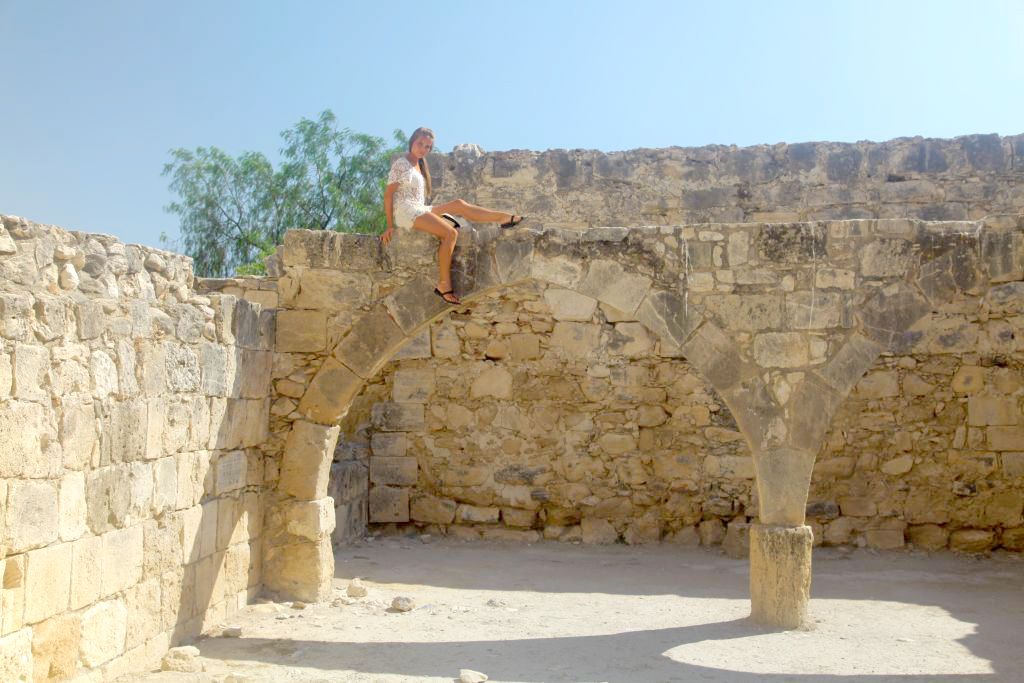
Arches in the courtyard of the legendary knight’s castle
The Kourion Archaeological Park lies near Limassol. It’s the place where a great city-state called Kourion once prospered. Apart from diggings, unique ancient mosaic and constructions, there’s also a renovated ancient theatre. Various festivals, theatrical performances, and concerts featuring celebrities are held here.
We were mesmerized by the chamber atmosphere and closeness to performers which was made possible thanks to the small size of the construction and thought-out architecture. We were also excited to feel at one with the ancient. It’s dark, you are sitting in the amphitheatre, a starry sky and a bright moon are above your head, and before you, the stage where the performance takes place. And it all happens near the sea, in the place that once was a great powerful city… We definitely recommend you to visit the splendid site.
Old Town, Sights, and Suburbs
If you want to walk and feel the Greek atmosphere, you must definitely visit the Old Town. It’s a historic centre of Limassol that has preserved the long history of the city. The peaceful atmosphere of provincial Greece can be sensed here. The narrow streets, the setts of which saw major historical events, small houses, snuggling against one another, Orthodox churches, mosques, fortresses… The number of ramshackle houses in the Old Town continues to decrease, as renovation works are currently underway. Old buildings that are priceless from the historical point of view freshen up thanks to new bright colours without losing their distinctive style.
There are a lot of abandoned and half-destroyed villas that once belonged to the wealthy Turkish who left the city in the summer of 1974 after a conflict between the British and Turkish authorities. No one seems to care about their renovation, so they stand empty and lonely, often serving as a training ground for newbie graffiti artists.
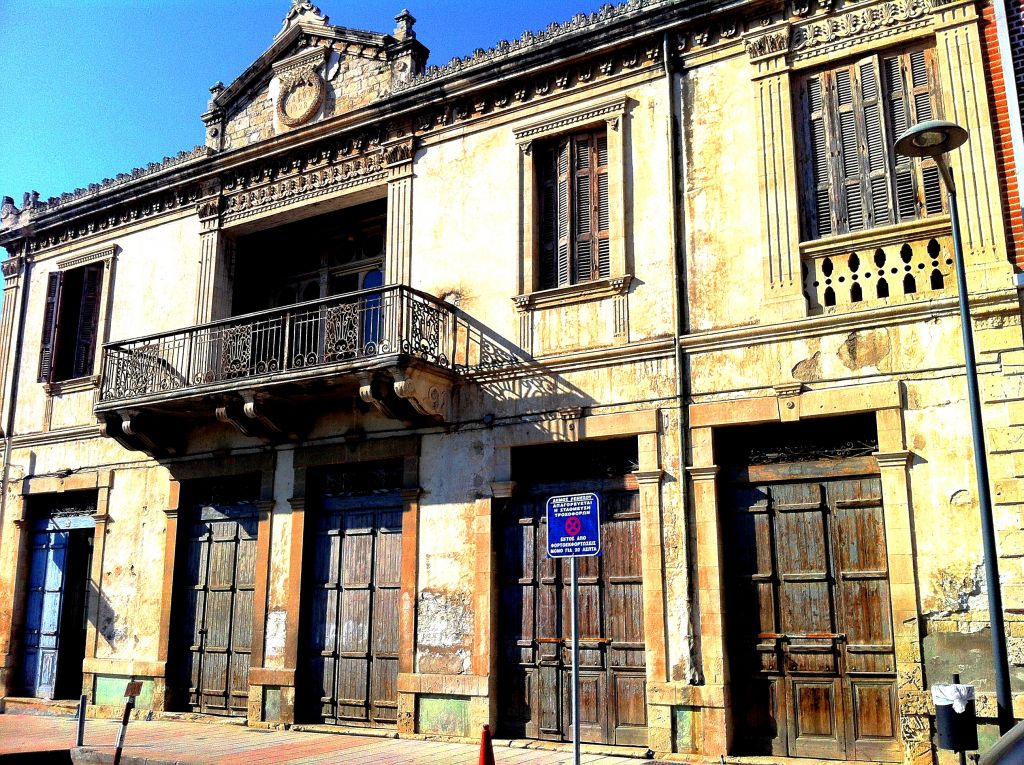
To savour the spirit of the old times to your heart’s content, you need at least a day to walk around the quarters. Strolling leisurely around the district, you can see and find out a lot of curious things about how Limassol used to live in the past.
The Old Town is where the longest promenade stretching along the coast begins.
A couple of interesting and picturesque villages are scattered around Limassol. We had the chance to visit some of them.
For example, the village of Maroni that lies on the way from Limassol to Larnaca. Almost all buildings here are made of white stone. The narrow streets along which the neat houses line up look incredibly picturesque under the bright sun and azure Cypriot sky.
During a walk trough the blossoming village of Maroni
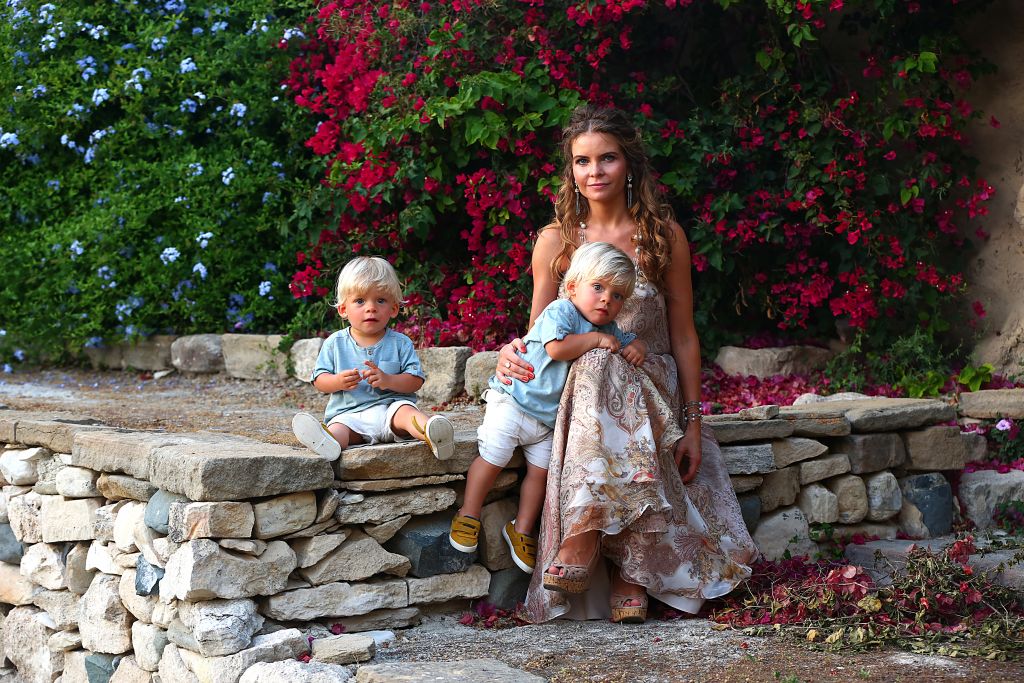
Another village is Kalavasos. It’s less remarkable in terms of style and architecture, but we remembered it because of a great restaurant called Mitos that has a wonderful menu and an excellent chef.
The village of Khirokitia is one of the oldest settlements in Cyprus whose age is over 9,000 years! No wonder the site has been listed as a World Heritage Site by UNESCO. There are about a hundred houses (or their remnants, to be precise), four of which are built in an old way from stone and mud right on the foundation found during the digs. The restoration is still underway here, but tourists can visit it. Some of the artefacts found here were moved to the archaeological museum, but there are myriads of interesting things left here as well. When in Khirokitia, you sense the ancient atmosphere and even get awestruck at such a tremendous age of the settlement!
Aphrodite, Ancient Greek Hero, and Wax Figures
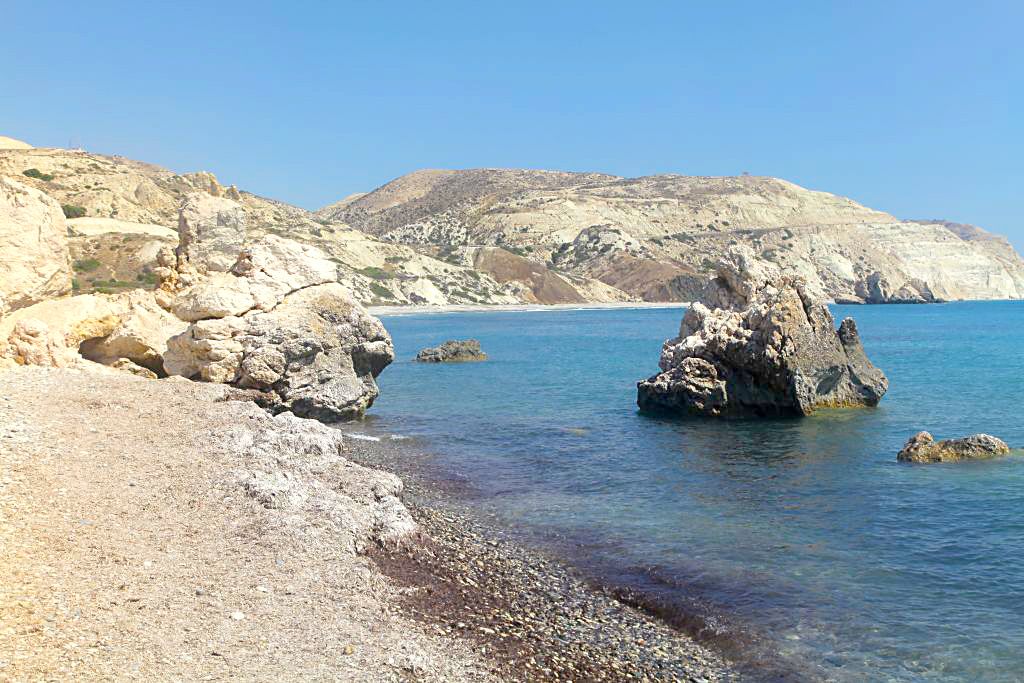
There’s a beautiful and popular site between Limassol and Paphos representing two legendary sights at once. It’s Petra tou Romiou or Aphrodite harbour. According to ancient Greek myths, this harbour is where the beautiful goddess of love and beauty came out from the foaming sea waters.
A rock called Petra tou Romiou rises in the heart of the harbour near the shore. One more mystifying legend is connected with the rock. They say that Digenes Aktritas, a Byzantine hero, took the huge rock from the mountains and threw it at invading Saracens’ ship who meant to land on the coast of the island.
Combining two legends into one name, people often call the place Aphrodite’s Rock.
A great deal of legends and superstitions are dedicated to the harbour. People believe that if you swim around the rock several times in a certain way, all your dreams will come true. Wedding ceremonies are often held on the beach. Lovers and those who dream of meeting their better half come here from all over the world. There’s a belief that if you find a stone in the form of a heart here, you will meet your true love soon.
But let’s come back closer to Limassol. The village of Lefkara is situated in the suburbs of the city. It’s very popular among tourists who constantly come here for sightseeing.
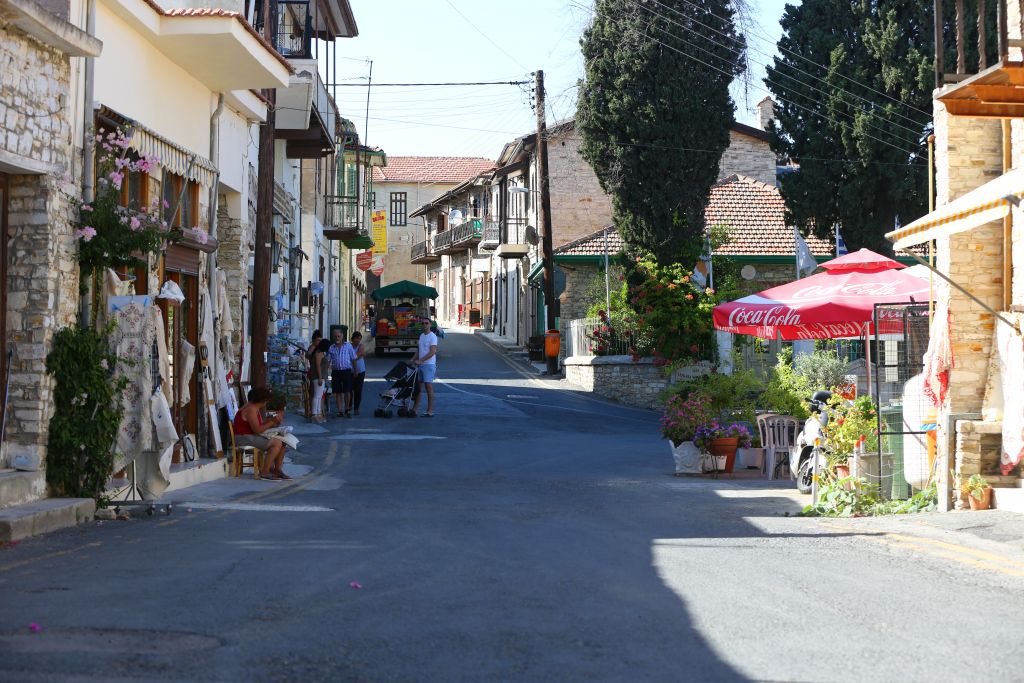
Lefkara is a historic mountain village also present in the UNESCO list. It is famous for its wonderful hand embroidery, exquisite silver articles, and ineffable atmosphere of antiquity. It’s the place where you feel how the life and lifestyle of the island inhabitants formed thousands of years ago.
There were times when Lefkara was considered to be a village of craftspeople. However, when full buses of foreign and local tourists started to arrive here, it was transformed into a tourist village. For instance, the main street of the village is dedicated solely to serving tourists.

Lefkara used to have a wax museum devoted to the history of Cyprus, but now it’s situated in another village called Skarinou that is not far from Lefkara. Pambos Nicolaides, a Cypriot who created the museum, had been living in London for a long time and was very much fond of a renowned local wax museum. It made him sad that the Cypriot youth had absolutely no interest in the past of their island. Thus, Nicolaides founded the museum so as to spark the young Cypriots’ interest. There are currently 150 figures and 8 chronological sectors covering in total three thousand years of Cypriot history.
Limassol is the second capital of Cyprus, and its life is full of events. We spent here two months, and although we are experienced travellers knowing Cyprus and its character quite well, we constantly discovered something new and incredibly interesting.

International city, famous promenade and Russian neighborhoods. Limassol. Part 1
Carnival, cat’s monastery and delicious food. Limassol. Part 2

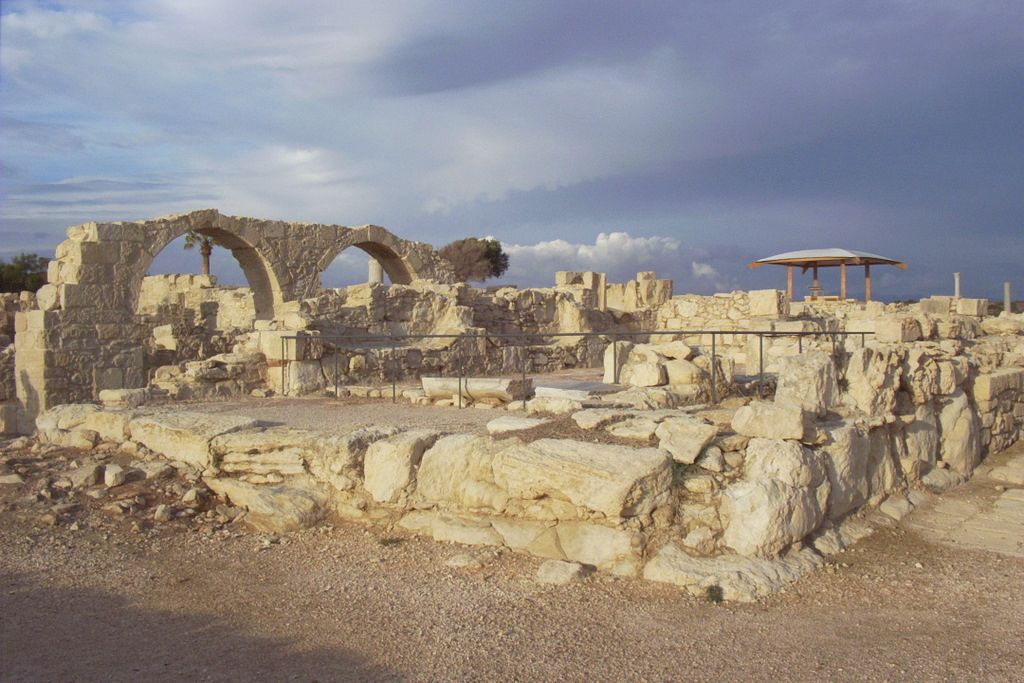
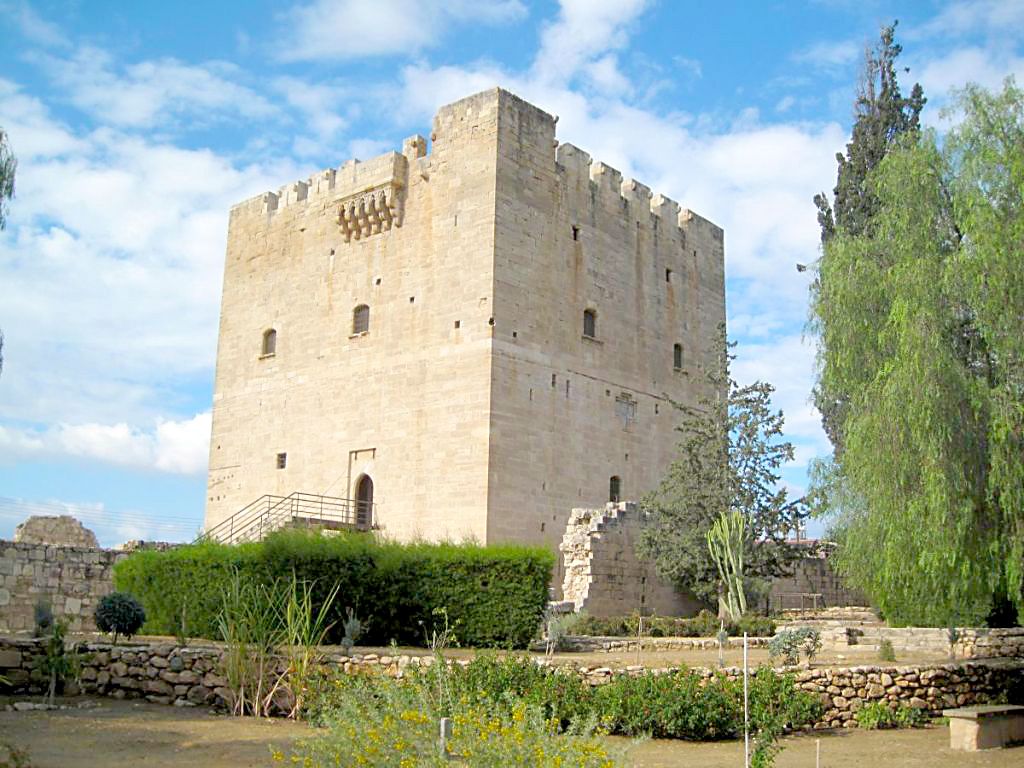


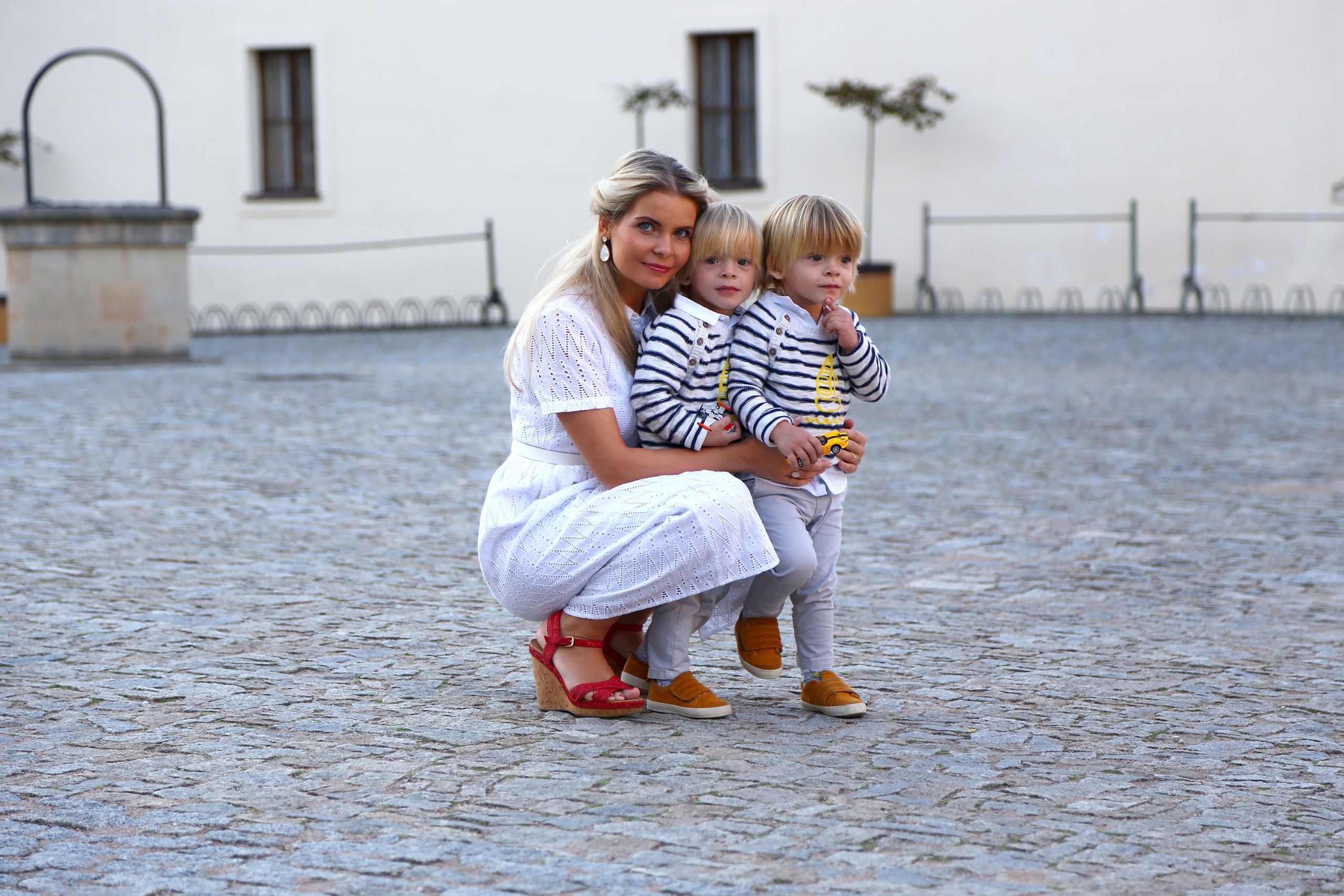

Leave A Comment